Description
DIFLUCAN 150MG CAPSULE
Description : Fluconazole (Diflucan) is designated chemically as 2,4-difluoro-a,a1-bis(1H-1,2,4-triazol-l-ylmethyl) benzyl alcohol with an empirical formula of C13H12F2N6O and a molecular weight of 306.3.
Fluconazole is a white crystalline solid which is slightly soluble in water and saline.
Indications / Uses : Therapy may be instituted before the results of the cultures and other laboratory studies are known; however, once these results become available, anti-infective therapy should be adjusted accordingly.
Cryptococcosis, including cryptococcal meningitis and infections of other sites (eg, pulmonary, cutaneous). Normal hosts and patients with AIDS, organ transplants or other causes of immunosuppression may be treated. Fluconazole can be used as maintenance therapy to prevent relapse of cryptococcal disease in patients with AIDS.
Systemic candidiasis, including candidemia, disseminated candidiasis and other forms of invasive candidal infection. These include infections of the peritoneum, endocardium, eye, and pulmonary and urinary tracts. Patients with malignancy, in intensive care units, receiving cytotoxic or immunosuppressive therapy, or with other factors predisposing to candidal infection may be treated.
Mucosal candidiasis. These include oropharyngeal, esophageal, noninvasive bronchopulmonary infections, candiduria, mucocutaneous and chronic oral atrophic candidiasis (denture sore mouth). Normal hosts and patients with compromised immune function may be treated. Prevention of relapse of oropharyngeal candidiasis in patients with AIDS.
Genital candidiasis. Vaginal candidiasis, acute or recurrent; and prophylaxis to reduce the incidence of recurrent vaginal candidiasis (=3 episodes/year). Candidal balanitis.
Prevention of fungal infections in patients with malignancy who are predisposed to such infections as a result of cytotoxic chemotherapy or radiotherapy.
Dermatomycosis including tinea pedis, tinea corporis, tinea cruris, tinea versicolor, tinea unguium (onychomycosis) and dermal candidal infections.
Deep endemic mycoses in immunocompetent patients, coccidioidomycosis, paracoccidioidomycosis, sporotrichosis and histoplasmosis.
Administration : May be taken with or without food.
Contraindications : Patients with known sensitivity to Diflucan, any of the inert ingredients eg, lactose, maize starch, colloidal silicon dioxide, magnesium stearate and sodium lauryl sulphate for fluconazole (Diflucan) capsules or parenteral grade sodium chloride (9 mg) for fluconazole (Diflucan) solution for injection, or to related azole compounds.
Co-administration of terfenadine is contraindicated in patients receiving fluconazole at multiple doses of =400 mg/day based upon results of a multiple-dose interaction study. Co-administration of other drugs known to prolong the QT interval and which are metabolized via the enzyme CYP3A4 eg, cisapride, astemizole, erythromycin, pimozide and quinidine are contraindicated in patients receiving fluconazole (see Precautions and Interactions).
Special Precautions : Fluconazole should be administered with caution to patients with liver dysfunction.
Fluconazole has been associated with rare cases of serious hepatic toxicity including fatalities, primarily in patients with serious underlying medical conditions. In cases of fluconazole-associated hepatotoxicity, no obvious relationship to total daily dose, duration of therapy, sex or age of patient has been observed. Fluconazole hepatotoxicity has usually been reversible on discontinuation of therapy. Patients who develop abnormal liver function tests during fluconazole therapy should be monitored for the development of more serious hepatic injury. Fluconazole should be discontinued if clinical signs or symptoms consistent with liver disease develop that may be attributable to fluconazole.
Patients have rarely developed exfoliative cutaneous reactions eg, Stevens-Johnson syndrome and toxic epidermal necrolysis, during treatment with fluconazole. AIDS patients are more prone to the development of severe cutaneous reactions to many drugs. If a rash, which is considered attributable to fluconazole, develops in a patient treated for a superficial fungal infection, further therapy with this agent should be discontinued. If patients with invasive/systemic fungal infections develop rashes, they should be monitored closely and fluconazole discontinued if bullous lesions or erythema multiforme develop.
The co-administration of fluconazole at doses <400 mg/day with terfenadine should be carefully monitored (see Interactions).
In rare cases, as with other azoles, anaphylaxis has been reported.
Some azoles, including fluconazole, have been associated with prolongation of the QT interval on the electrocardiogram. During the post-marketing surveillance, there have been very rare cases of QT prolongation and torsade de pointes in patients taking fluconazole. These reports included seriously ill patients with multiple confounding risk factors, eg, structural heart disease, electrolyte abnormalities and concomitant medications that may have been contributory.
Fluconazole should be administered with caution to patients with these potentially proarrythmic conditions.
Fluconazole should be administered with caution to patients with renal dysfunction (see Dosage & Administration).
Fluconazole is a potent CYP2C9 inhibitor and a moderate CYP3A4 inhibitor.
Fluconazole treated patients who are concomitantly treated with drugs with a narrow therapeutic window metabolised through CYP2C9 and CYP3A4 should be monitored (see Interactions).
Fluconazole (Diflucan) capsules contain lactose and should not be given to patients with rare hereditary problems of galactose intolerance, Lapp lactase deficiency or glucose-galactose malabsorption.
Fluconazole (Diflucan) solution for injection contains 2 mg and 90 mg of fluconazole and parenteral grade sodium chloride respectively in sufficient amount of water for injection.
Effects on the Ability to Drive or Operate Machinery: When driving vehicles or operating machines, it should be taken into account that occasional dizziness or seizures may occur.

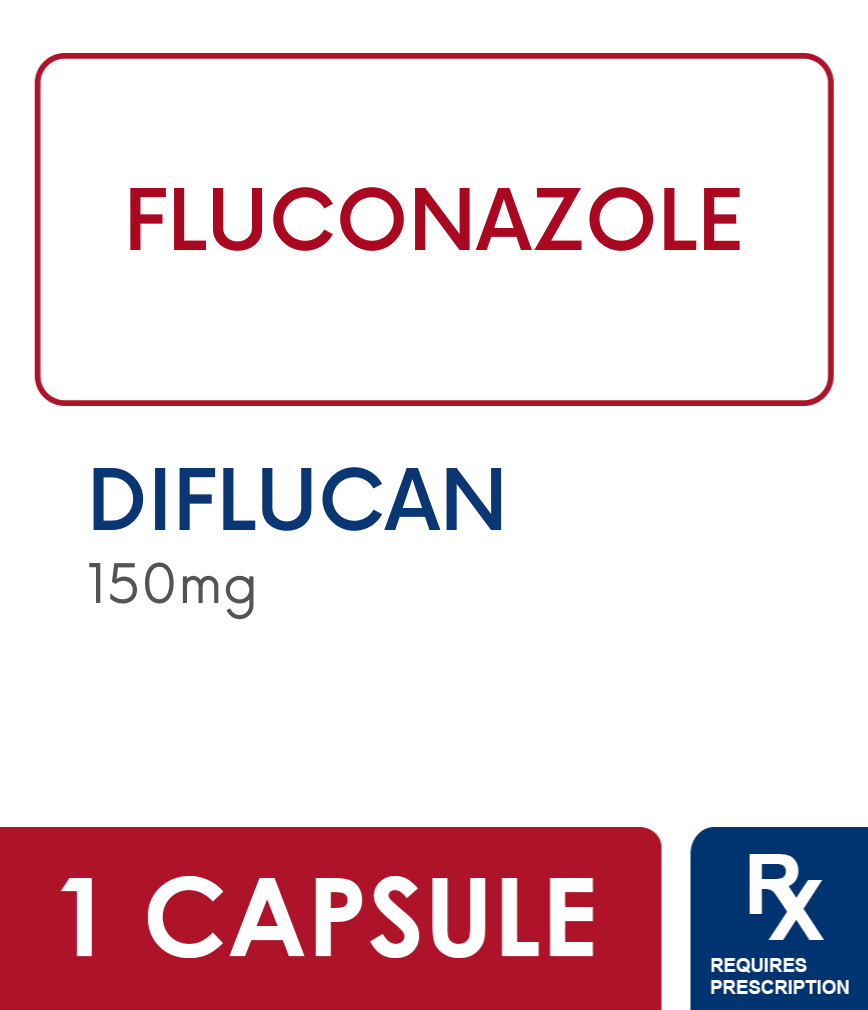
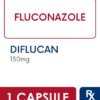
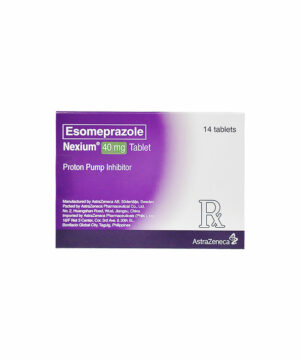
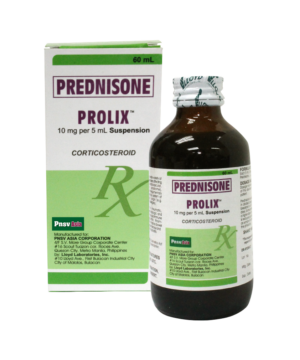


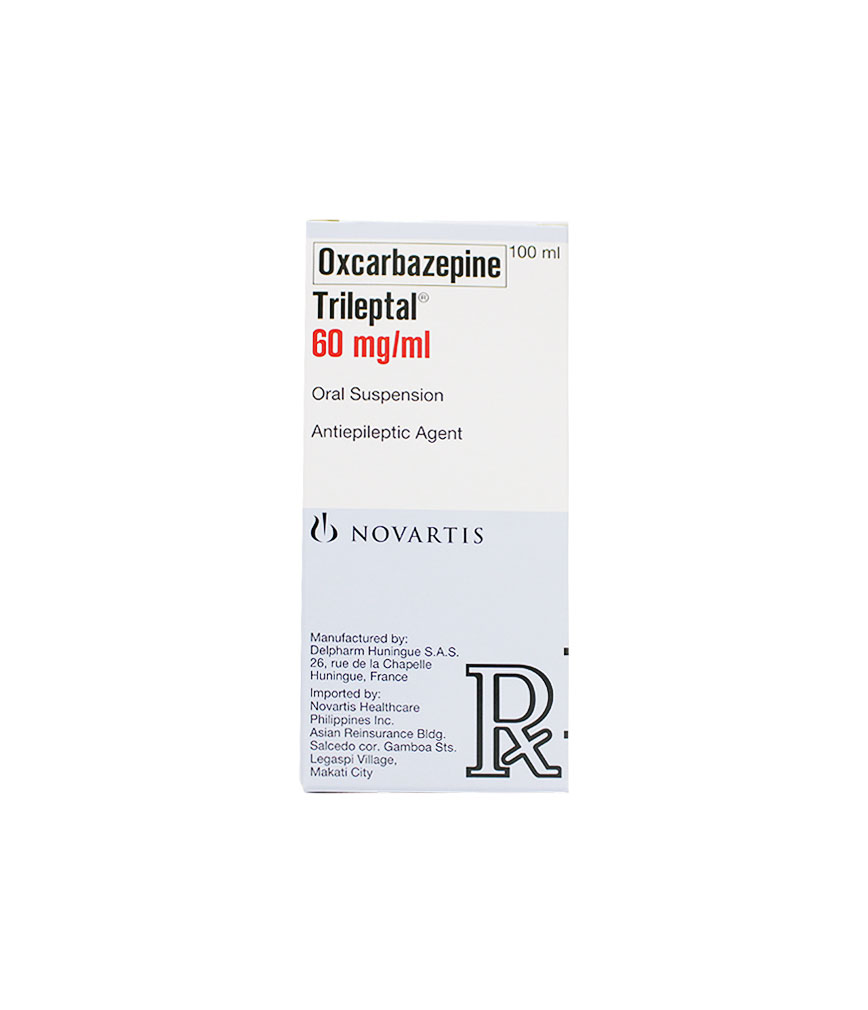
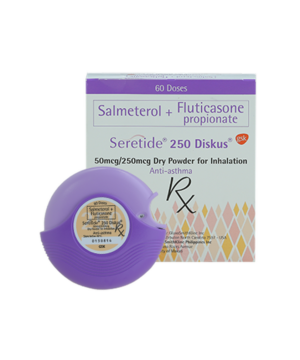
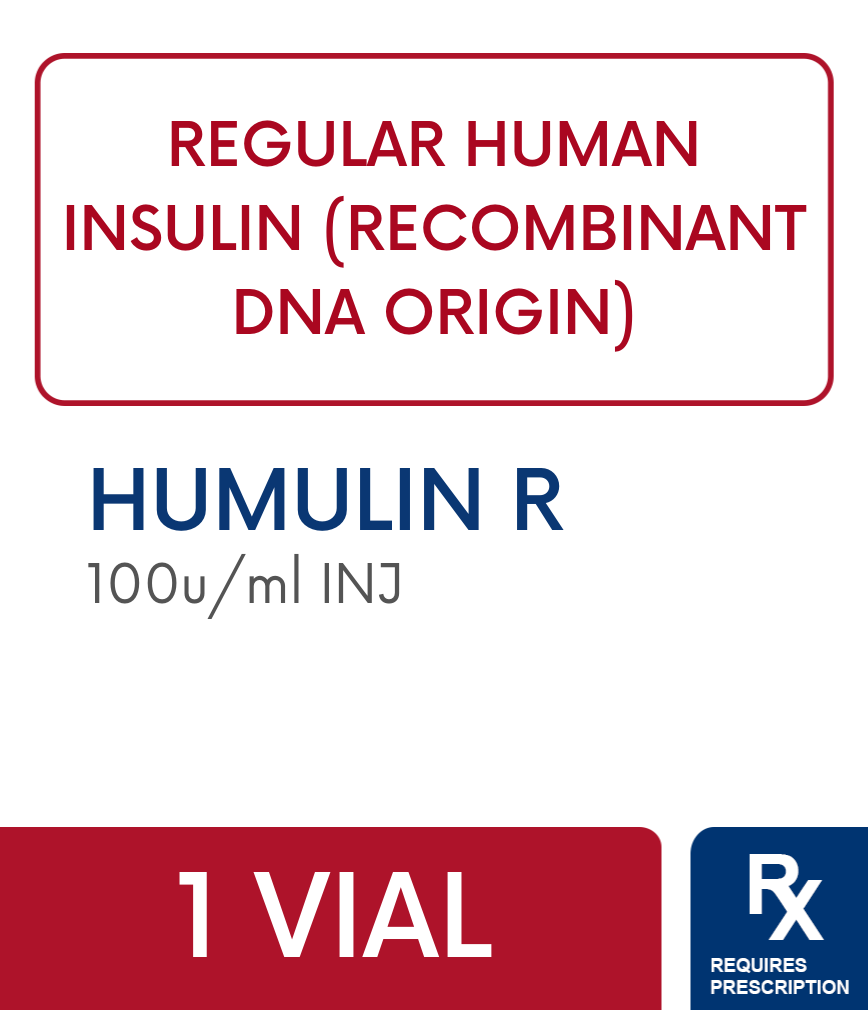




Reviews
There are no reviews yet.